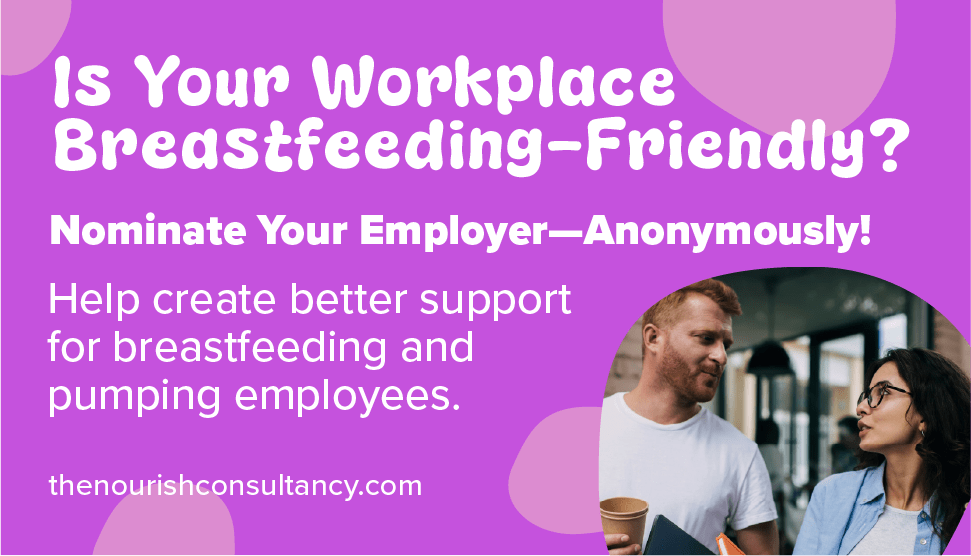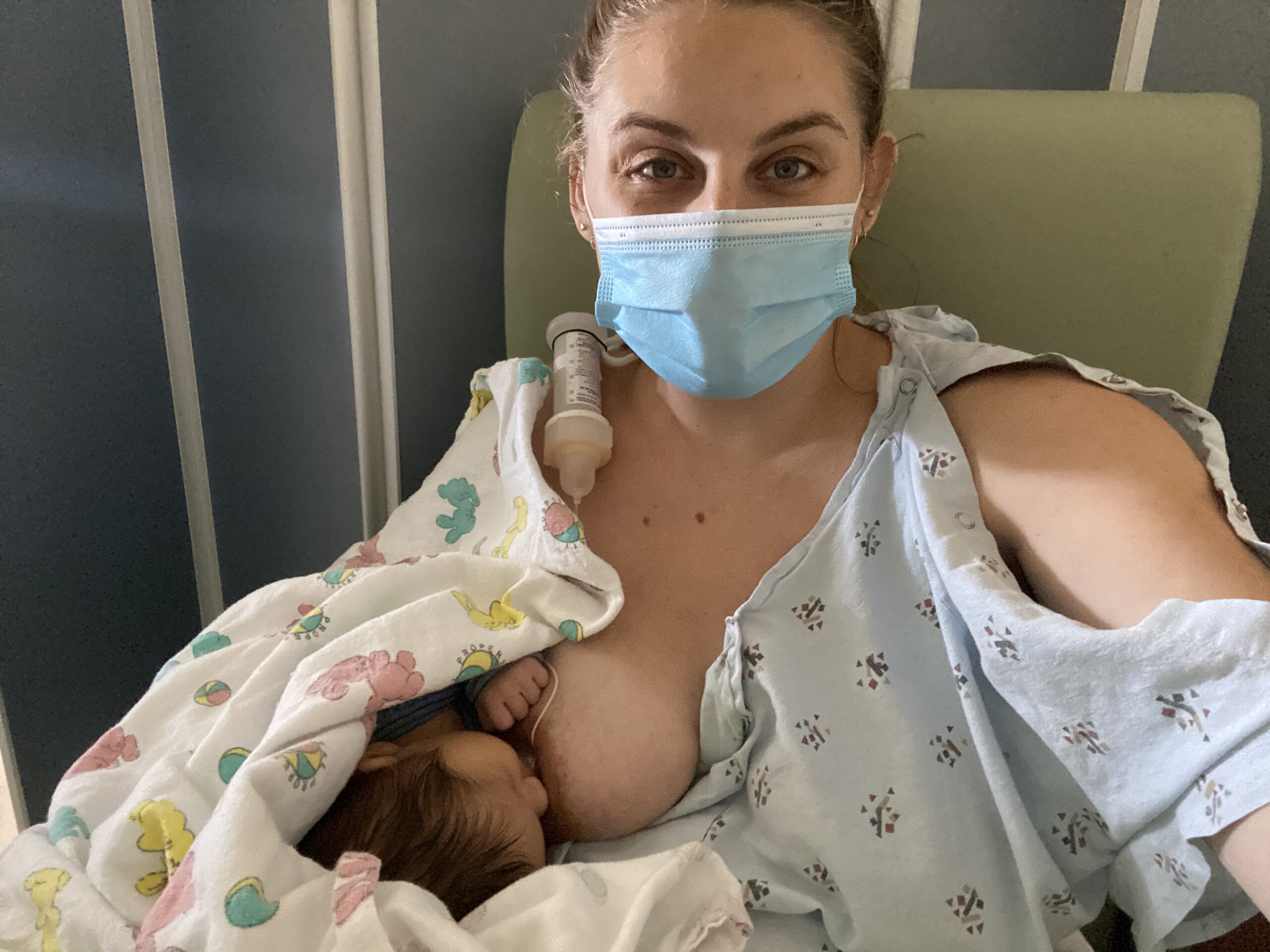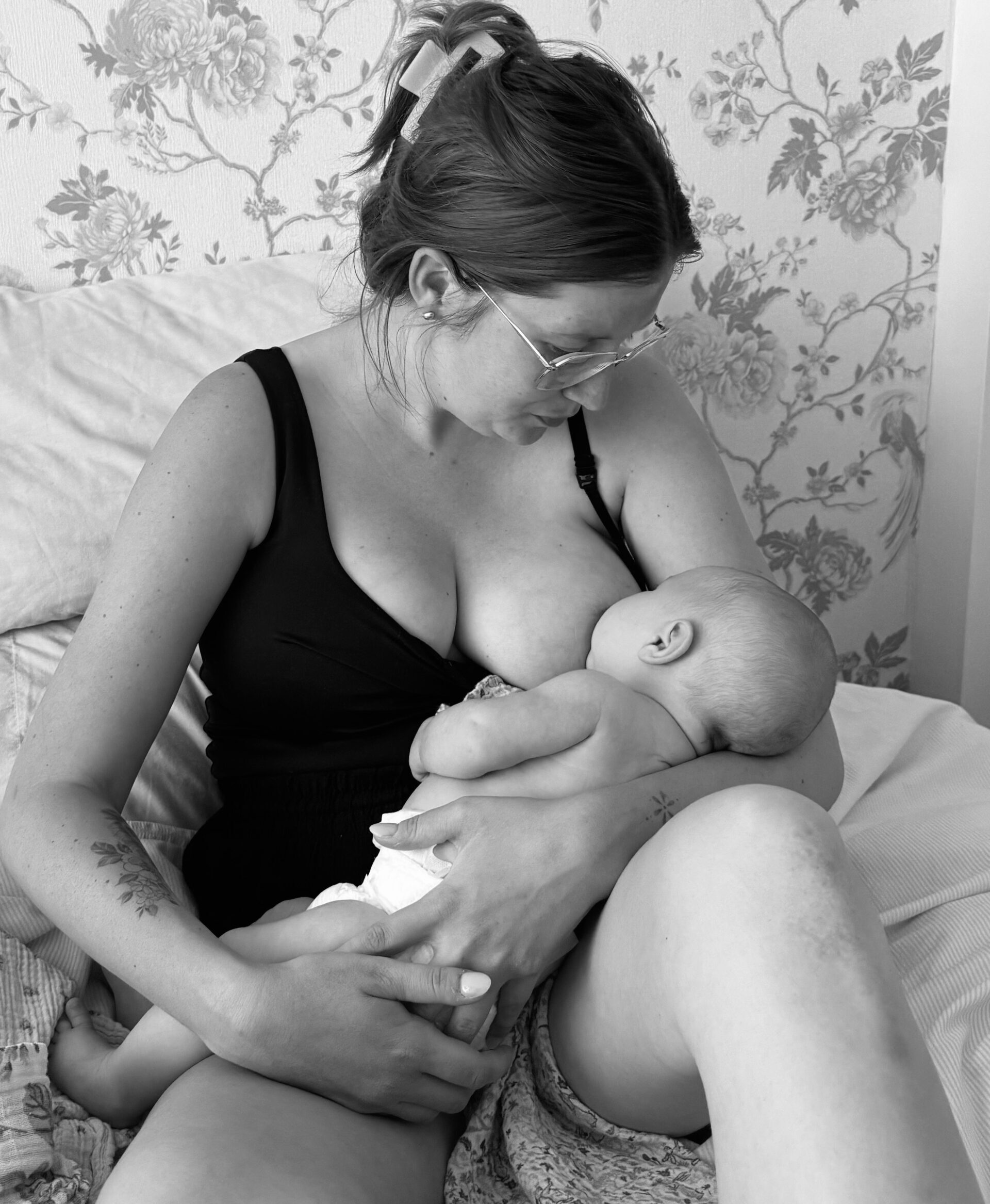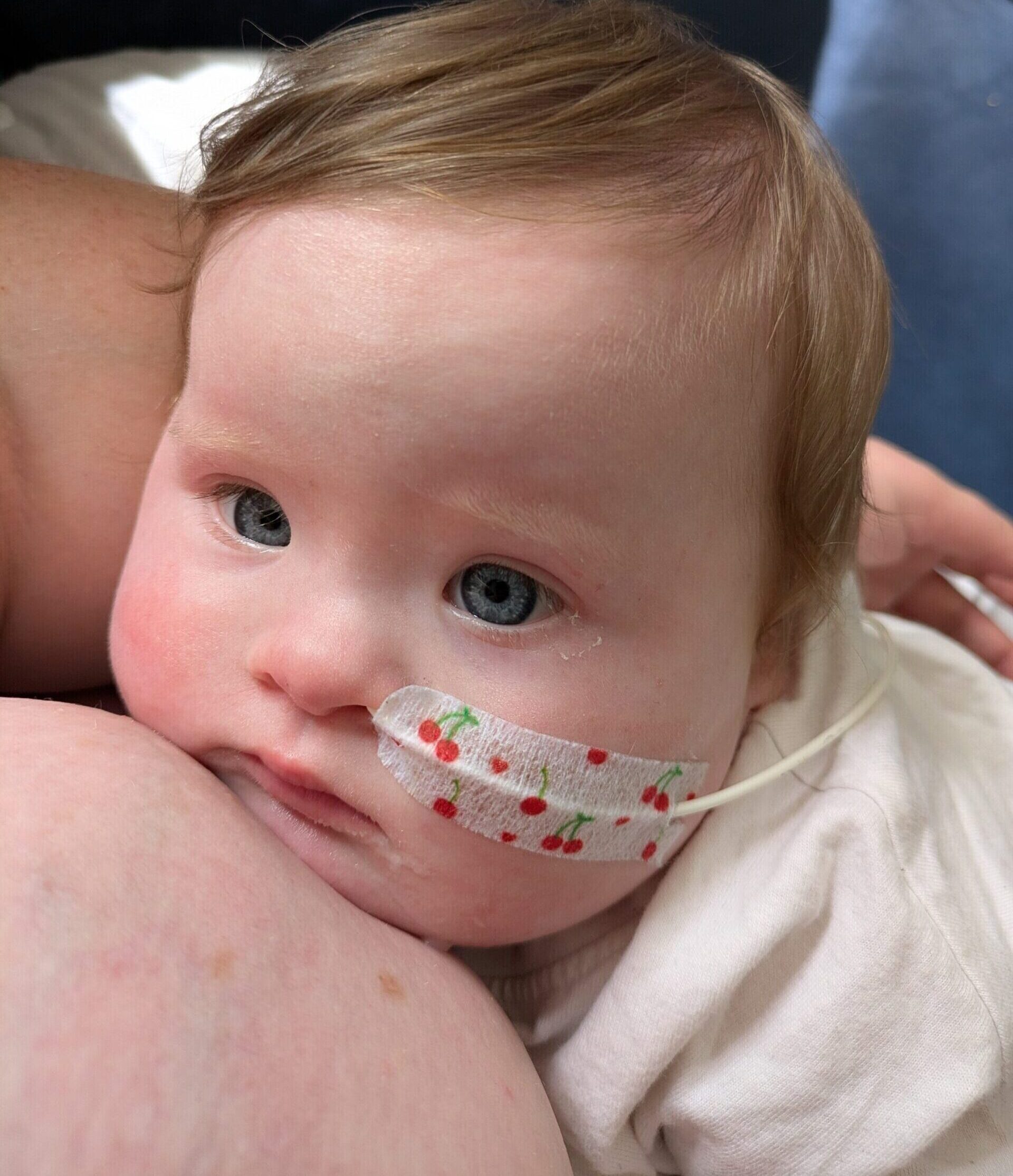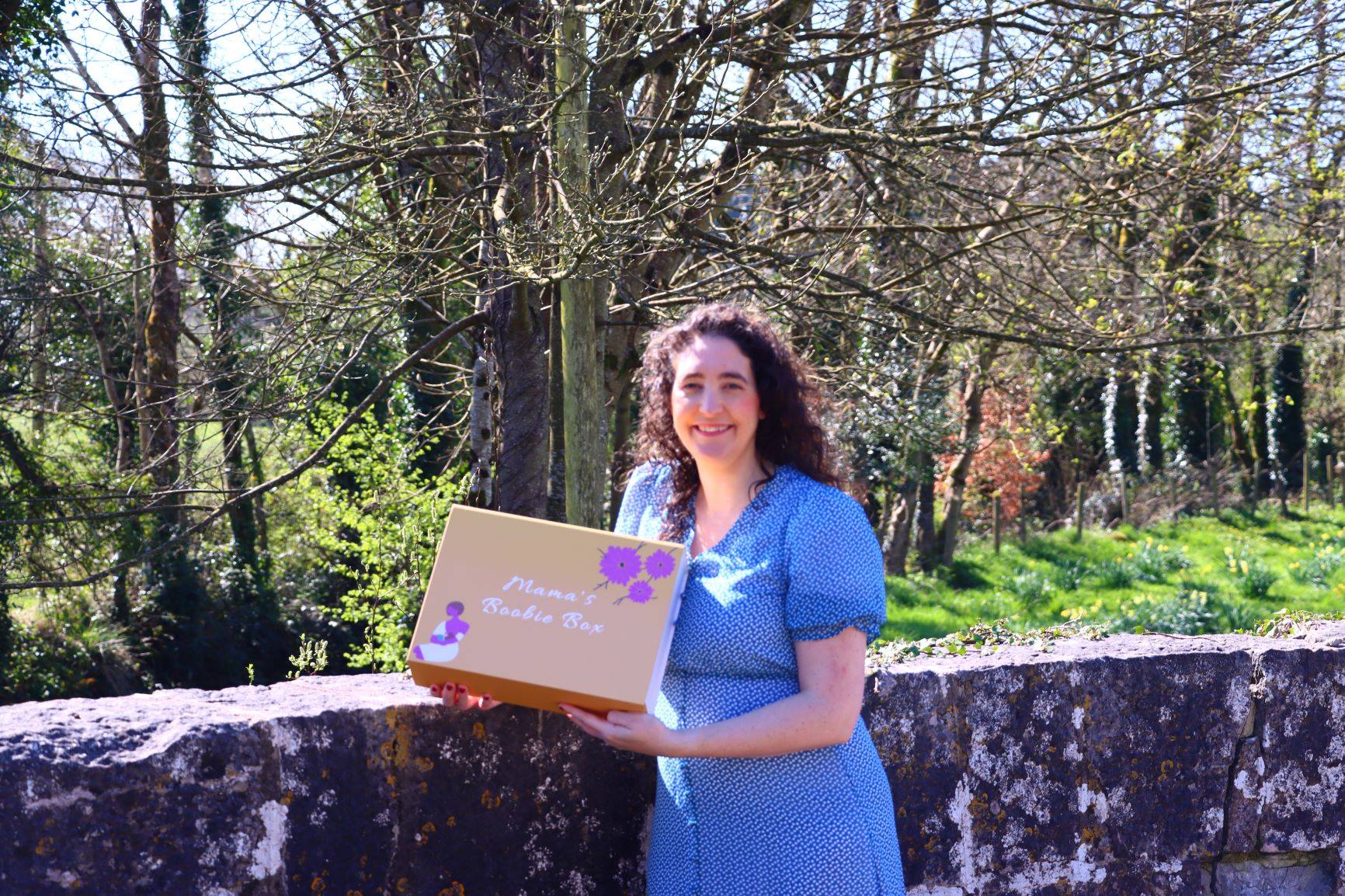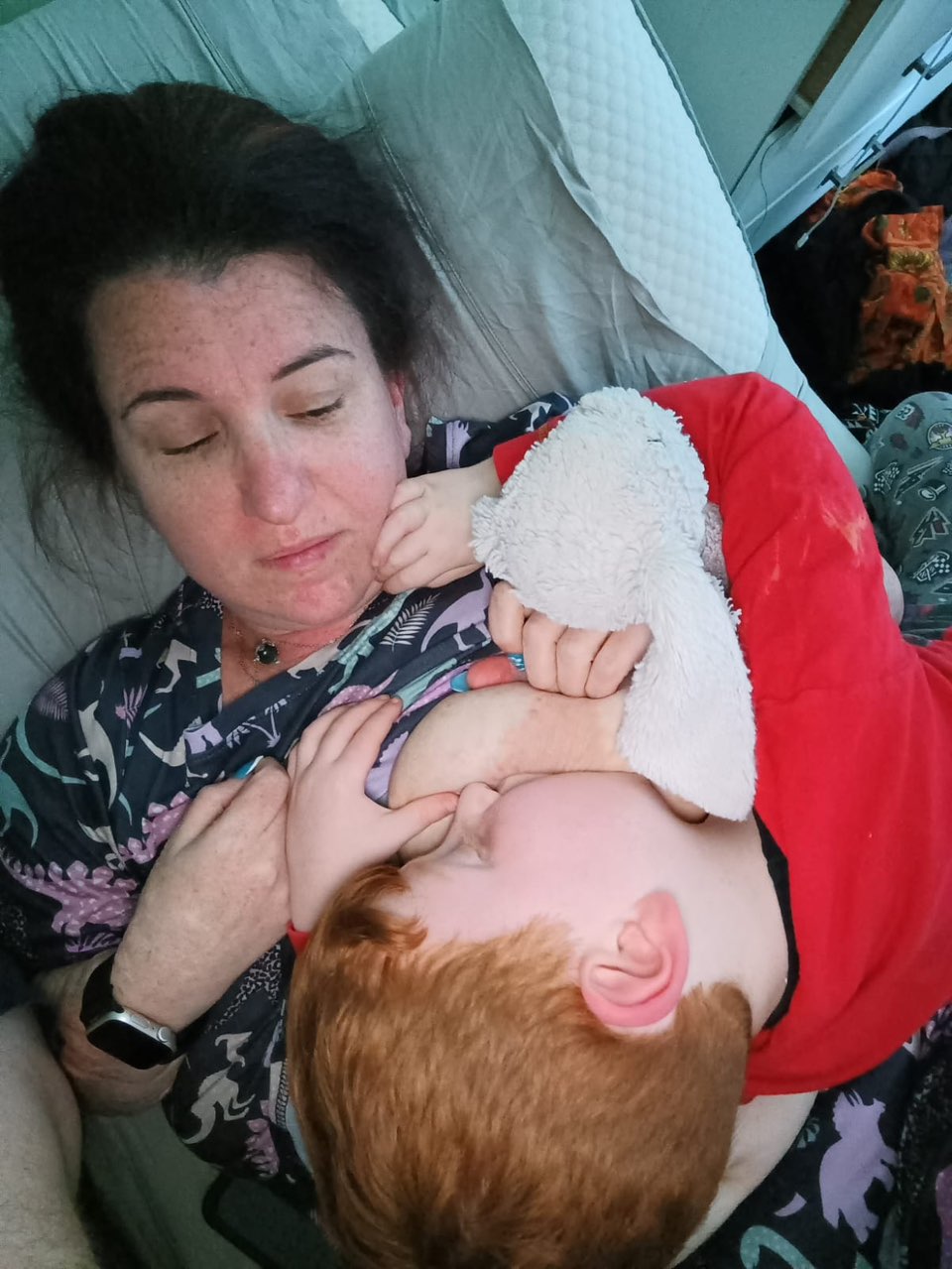We hear all the time how new mothers felt forced into giving up breastfeeding due to pain and unresolved feeding issues. It’s always heartbreaking to know this – especially when in so many cases the problems they experienced could have been avoided or overcame with the right help and support.
Sore nipples when breastfeeding is one of the most common challenges new mamas face
By far one of the most common problems shared by new breastfeeding mamas is that of sore and painful nipples. Now, whilst it’s a common challenge experienced by many, it should not be deemed normal or ‘part of the course’. Whilst, in some cases the pain can ease in time and things get better without any intervention, for many others the pain gets worse – to the point they dread feeding their babies and think about stopping breastfeeding.
Regardless of the level of pain or discomfort you are feeling, understand that sore and painful nipples are a warning sign that something is not right in your breastfeeding journey. Time for some troubleshooting!
First thing is first, look at baby’s latch and positioning
First things first, you need to be aware of how baby is positioned and attached to you when nursing. You may think this is something that should just come naturally and easily – but it’s not always the case. Often you need help from your partner, midwife or trained breastfeeding expert to ensure your baby is positioned comfortably against you and is well attached to the breast to allow for the effective removal of milk. Never be afraid to speak up and ask for help if you feel something is not quite right.
First things first, you need to be aware of how baby is positioned and attached to you when nursing.
One of the best ways to tell if your baby is latched on well is to look and see if your baby’s mouth is open wide and covering a good amount of the areola. Another sign of a good latch is baby sucking well and the absence of pain. If you are not happy with how your baby is latched, don’t be afraid to unlatch them and try again. To unlatch your baby, place a clean finger in the side of their mouth between your breast and their gums to break the suction.
As you work on latching and position, it’s worth trying out different positions to see what works best for you and baby. The cross cradle hold is popular when feeding a newborn but you may find you get a deeper latch when using the rugby ball hold. Many new mamas also recommend the laid back/recline hold as it can tap into your baby’s natural instinctive reflexes and allows them to take more of a lead with the attachment.
Make sure you baby is checked for tongue tie
Nipple pain whilst breastfeeding can also be associated with tongue tie in baby. It’s estimated that 1 in 10 babies are born with tongue tie. Tongue tie is where the skin that joins the baby’s tongue to the bottom of their mouth (frenulum) is shorter and tighter than it should be.
The presence of a tongue tie can mean the baby has a shallow latch and is not able to effectively remove milk. This can result in them feeding from the breast for very long and frequent periods of time (because they aren’t getting enough milk) and it can also mean your poor nipples suffer (due to a poor, shallow latch).
If you suspect your baby may have a tongue tie, request that they are properly assessed. If a tongue tie is diagnosed then there is the option to have a procedure done to release the tongue tie, which can hopefully lead to a better latch and less pain whilst nursing.
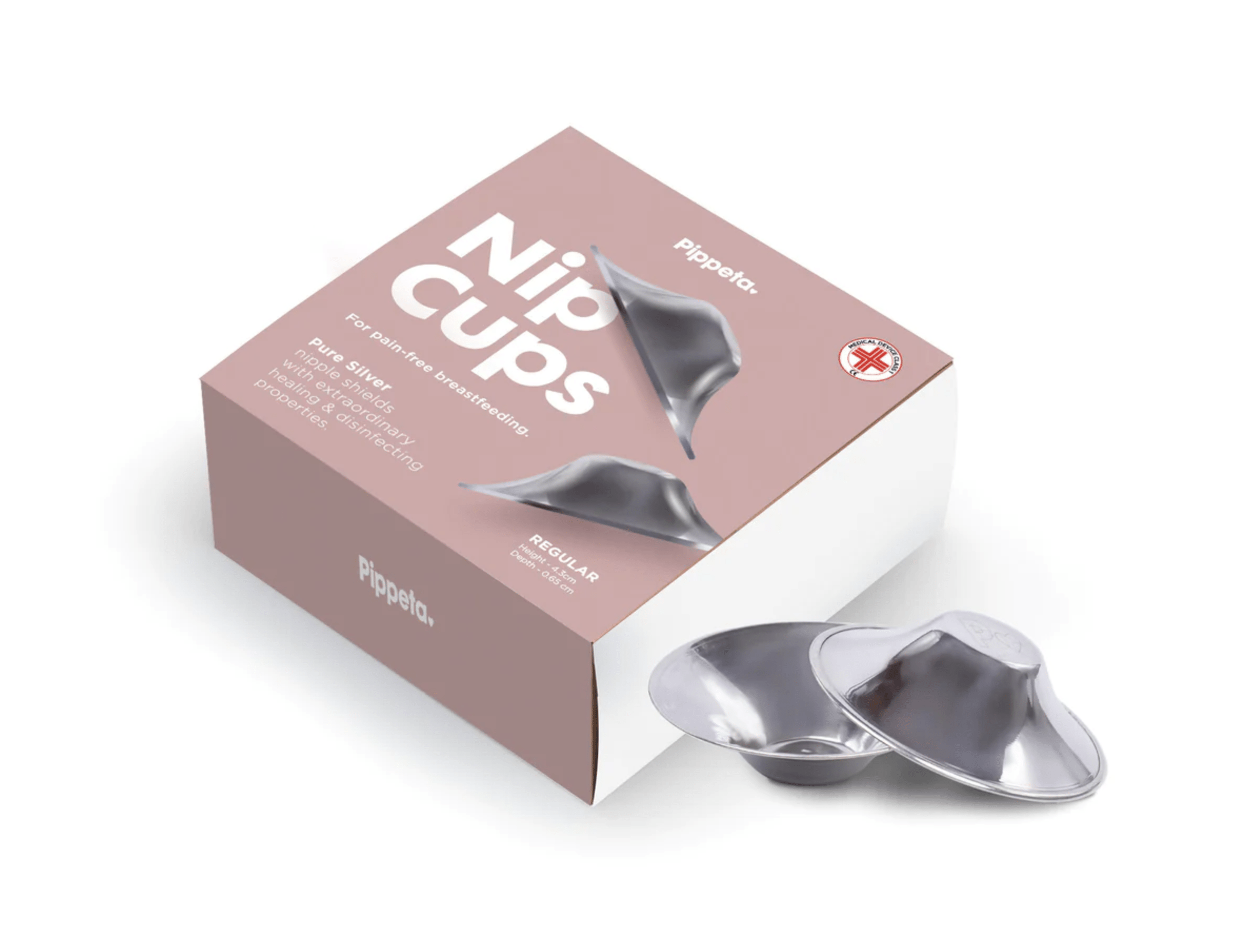 Save your nipples with silver cups
Save your nipples with silver cups
If you are currently experiencing sore nipples when breastfeeding, then you will want to act fast to limit the pain and damage that may have been caused. Whilst you work on positioning and attachment of baby, it’s time to get yourself some silver cups to sooth your nipples and heal them if they have become damaged. These are the ‘quick fix’ solution for many mamas in pain with breastfeeding.
You may have heard breastfeeding mamas and experts laud the benefits of silver cups. Indeed, they’ve become the go-to for new mamas struggling with pain with breastfeeding. Silver cups can offer instant relief to your nipples when you need it most. And crucially they can help you keep feeding your baby.
Silver cups can offer instant relief to your nipples when you need it most – and crucially they can help you keep feeding your baby.
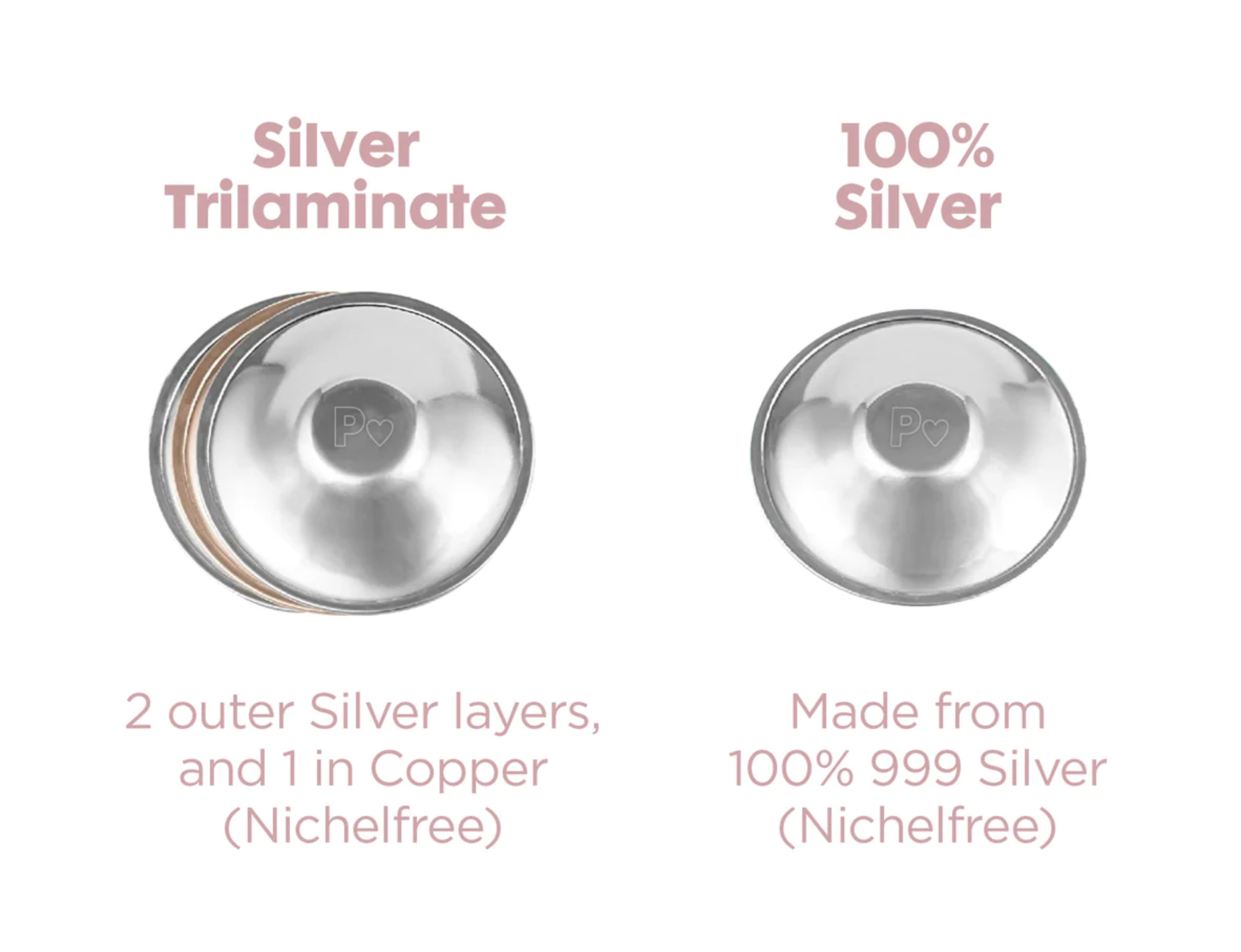 The healing power of 100% silver nip cups
The healing power of 100% silver nip cups
The Pippeta nip cups are 100% silver and because of that they have the natural healing, antiseptic, and antibacterial properties of silver. They can prevent sore cracked nipples and, if already present, aid healing.
To use the nip cups, you simply place the cup directly over each nipple and keep them on for as long as possible between breastfeeding/pumping sessions. You can also add a few drops of your breast milk to the nipple before placing the cup over your nipples as moist wound healing can be very effective. Because the cups don’t stick to your nipples they aid the healing process and it can therefore reduce the pain.
Knowing that there is a product available to offer immediate relief from sore nipples can help reassure and encourage a new mama to continue breastfeeding and to seek additional support if they need it.
The Pippeta nip cups come in two different sizes and can be purchased online at pippeta.com.

